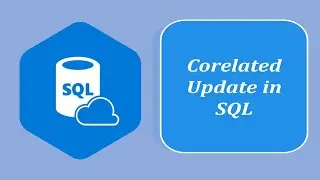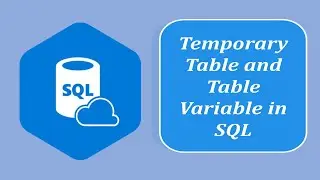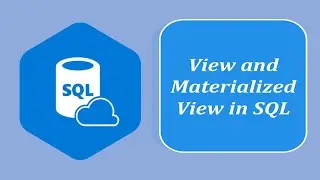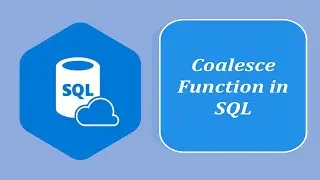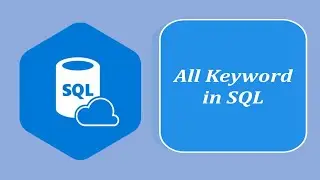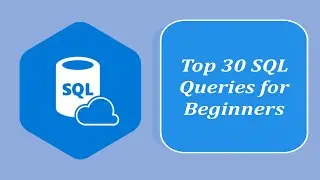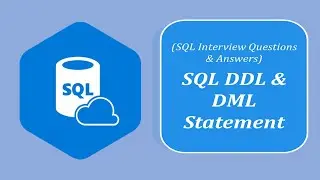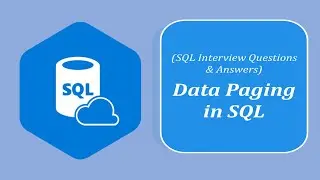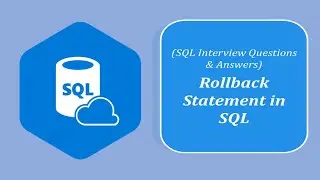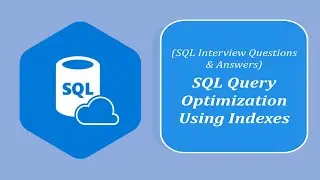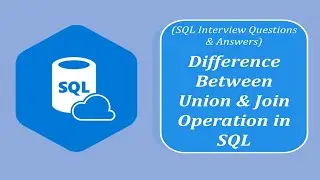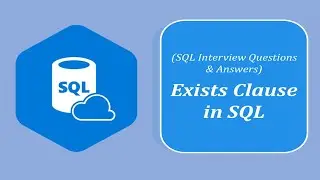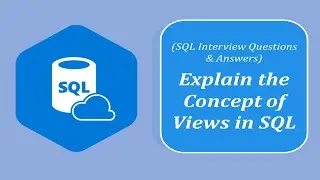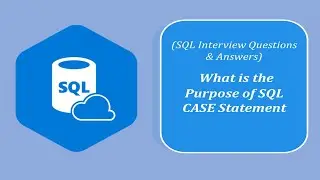SQL Interview Question and Answers | Explain the Concept of Views in SQL
In SQL, a view is a virtual table that is created by a query and is not stored as a physical table in the database. Views are used to simplify complex queries, provide security by restricting access to certain columns or rows, and encapsulate complex business logic or data transformations. Here are the key concepts and benefits of views in SQL:
1. *Virtual Tables:* A view is essentially a saved SQL query that produces a result set. It acts like a table but doesn't store data itself. Instead, it's a dynamic, read-only representation of data from one or more underlying tables. Views are created using the `CREATE VIEW` statement.
2. *Simplifying Queries:* Views are often used to simplify complex SQL queries. By creating a view with a frequently used query, you can reference the view in other queries, making them shorter and more readable. This can improve code maintainability.
3. *Data Abstraction:* Views allow you to abstract the underlying structure of the database. This is particularly useful when dealing with a complex database schema, as users can work with a simplified and customized representation of the data.
4. *Data Security:* Views can be used to enforce security and access control. You can limit the columns or rows that users can access by defining views that provide a filtered or restricted subset of the data.
5. *Encapsulation of Business Logic:* Views are valuable for encapsulating complex business logic and data transformations. You can use them to create computed columns, apply data validation, or combine data from multiple tables. Users can work with the results of these operations without needing to understand the underlying logic.
6. *Performance Optimization:* Views can help optimize query performance by precalculating and storing complex operations or aggregations. This can reduce the need to run expensive computations repeatedly.
7. *Consistency and Data Integrity:* Views can help ensure data consistency and integrity. By creating views that enforce certain rules or validations, you can prevent incorrect data from being inserted or updated.
8. *Dynamic Data:* Views provide a dynamic representation of data. When the underlying data changes, the view reflects those changes immediately when queried.
9. *Naming and Documentation:* Views allow you to assign meaningful names to result sets, making it easier to understand the purpose of the query. This aids in database documentation and makes it more user-friendly.
10. *Reusable Code:* Views are reusable components. Once created, they can be used in multiple queries or by various applications, reducing code duplication.
To create a view, you use the `CREATE VIEW` statement to define the view's name and the SQL query that defines its structure. For example:
```sql
CREATE VIEW view_name AS
SELECT column1, column2
FROM table_name
WHERE condition;
```
To query a view, you simply use it as if it were a regular table in your SQL statements:
```sql
SELECT * FROM view_name;
```
Views are a powerful feature in SQL that can enhance database design, security, and query simplicity. They allow for data abstraction and customization, helping users work with data more effectively and efficiently.
#sql
![Vs-Code COMMENTS SHORTCUT ITS VERY EASY[FOR HTML AND CSS]](https://images.videosashka.com/watch/YDUnWgsbwog)




![[НОВИНКА] Doom: The Dark Ages на 5090 (13.05.2025)](https://images.videosashka.com/watch/9GdISCrOtjk)



